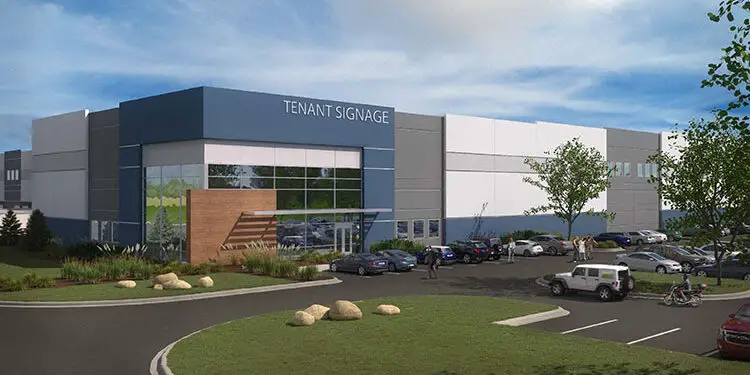Phase I of a 3.9 million-square-foot master-planned industrial development referred to as Sun Empire will soon commence construction in Denver, Colorado. Not so long ago, the developer, Opus purchased the 316-acre parcel in Aurora at $49.7 million for the project. Then afterward, they formed a joint partnership with Principal Real Estate Investors to build this new industrial development.
Several officials of CBRE were also involved in the decision-making and land acquisition process for the Sun Empire project. Tyler Carner, Jeremy Ballenger, and Jessica Ostermick advised on the capital raise and assisted with sourcing the developer’s joint venture partner. According to CBRE’s senior V.P, Todd Witty, their team identified the site’s potential for industrial development about two years ago.
Also Read Gateway Grand industrial Project Breaks Ground in Arizona
Ideally situated between I-70 and the DIA airport, Sun Empire offers accessibility to Denver Metro and the greater Front Range market. This new industrial park has been planned to include several speculative buildings ranging from 200,000- to 625,000 square feet. On top of that, it will also accommodate expansions of up to 1 million square feet. Construction on the first phase is expected to begin by September 2022.
Featured amenities of the Sun Empire industrial project
Development plans for the initial phase of Sun Empire cover the construction of two buildings spanning 828,953-square-feet. Building 1 offers a 204,859-square-foot front park/rear load, with 38 dock doors, and 248 vehicle parking stalls. In addition to this, future tenants will also enjoy access to 56 trailer parking stalls, and a 32-foot clear height. While Building 2, features a 624,094 square-foot cross-dock, with 110 dock doors and 415 vehicle parking stalls. It also offers 85 trailer parking stalls with a 40-foot clear height.
The developer is incorporating the 40-foot clear height feature into the Sun Empire project, which is uncommon in the Denver market. For the purpose of accommodating the ever-changing needs of its users and larger stacking requirements. Construction on this initial phase is expected to reach completion by late 2023.

